Discover the Top 10 Police Dog Breeds Loved Worldwide
Police dogs, or K9 units, are indispensable allies in law enforcement, combining unmatched loyalty, intelligence, and specialized skills. From sniffing out narcotics to apprehending suspects, these canine heroes play critical roles in maintaining public safety. In this comprehensive guide, we explore the top 10 police dog breeds, their unique traits, and why they excel in high-stakes environments.
The Role of Police Dogs in Modern Law Enforcement
Police dogs are trained to perform tasks that human officers cannot easily accomplish. Their responsibilities include:
- Suspect Apprehension: Subduing fleeing criminals.
- Narcotics and Explosives Detection: Sniffing out illegal substances or bombs.
- Search and Rescue: Locating missing persons in disasters.
- Crowd Control: Managing riots or large gatherings.
- Evidence Recovery: Finding hidden objects or traces at crime scenes.
Breed selection is crucial, as specific traits like agility, scenting ability, and temperament determine their effectiveness.
Key Traits of an Ideal Police Dog
- Intelligence: Quick learning and problem-solving skills.
- Physical Stamina: Endurance for long missions.
- Courage: Fearlessness in dangerous situations.
- Strong Sense of Smell: Vital for detection roles.
- Trainability: Responsiveness to commands.
Top 10 Police Dog Breeds
1. German Shepherd
- Origin: Germany, 1899.
- Key Traits:
- Intelligence: Ranked 3rd in Stanley Coren’s The Intelligence of Dogs.
- Versatility: Excels in patrol, detection, and search-and-rescue.
- Loyalty: Forms strong bonds with handlers.
- Police Roles:
- Apprehending suspects.
- Detecting explosives and drugs.
- Training: 6–12 months of specialized obedience and scenario-based drills.
- Notable Use: The NYPD and FBI widely deploy German Shepherds.
2. Belgian Malinois
- Origin: Belgium, 1800s.
- Key Traits:
- Agility: Faster and lighter than German Shepherds.
- Work Ethic: Thrives in high-intensity roles.
- Police Roles:
- Military operations (e.g., Navy SEALs’ mission to capture Osama bin Laden).
- Bomb detection in airports.
- Training: Requires mental stimulation to prevent boredom.
3. Dutch Shepherd
- Origin: Netherlands, 1800s.
- Key Traits:
- Adaptability: Excels in varied climates.
- Focus: Maintains concentration during long tasks.
- Police Roles:
- Tracking fugitives in dense forests.
- Patrol duties in urban areas.
- Unique Fact: Often cross-trained for multiple roles.
4. Rottweiler
- Origin: Germany, Roman Empire era.
- Key Traits:
- Strength: Bite force of 328 PSI.
- Confidence: Natural protector instinct.
- Police Roles:
- Crowd control during riots.
- Guarding police facilities.
- Health Note: Prone to hip dysplasia; regular vet checks are essential.
5. Doberman Pinscher
- Origin: Germany, 1890s.
- Key Traits:
- Speed: Can sprint up to 32 mph.
- Alertness: Excellent watchdog abilities.
- Police Roles:
- Tracking missing persons.
- Executing high-risk arrests.
- Training Tip: Early socialization reduces aggression.
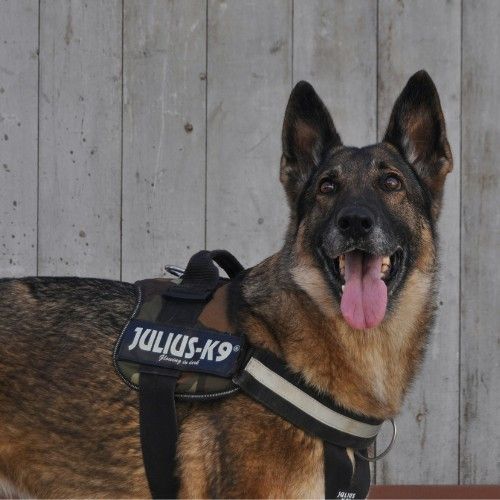
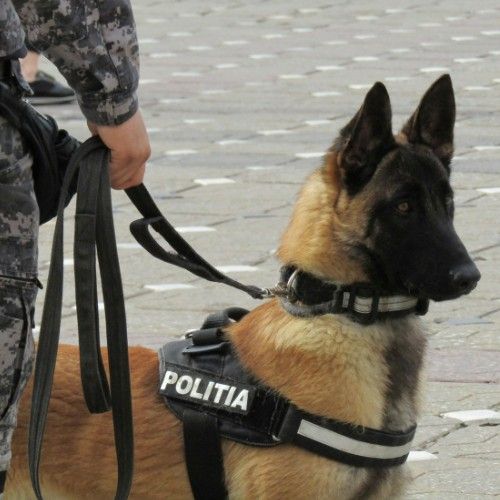

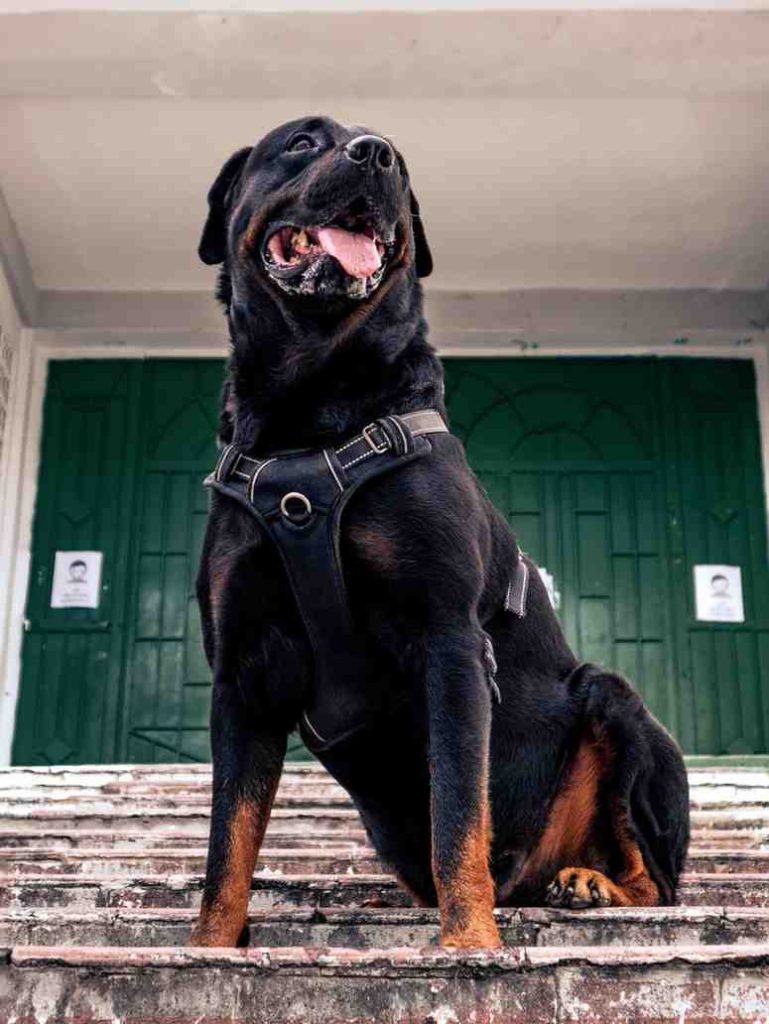
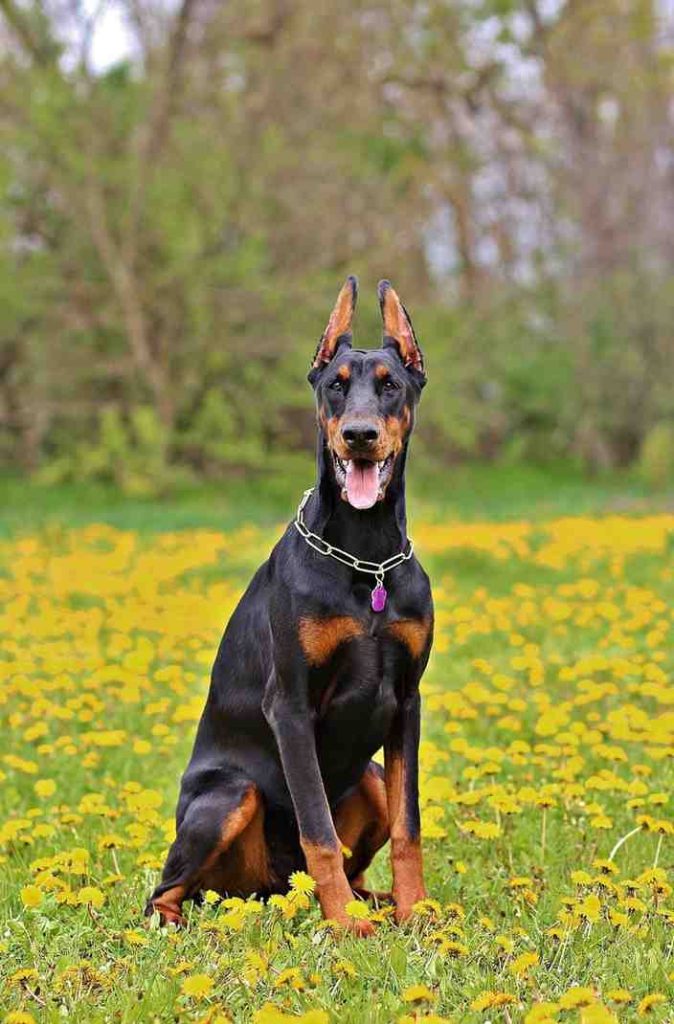
6. Bloodhound
- Origin: Medieval Europe.
- Key Traits:
- Scenting Power: 230 million scent receptors (humans have 5 million).
- Persistence: Can track scents over 130 miles.
- Police Roles:
- Locating escaped prisoners.
- Solving cold cases via scent trails.
- Fun Fact: Bloodhound evidence is admissible in U.S. courts.
7. Labrador Retriever
- Origin: Newfoundland, Canada.
- Key Traits:
- Gentleness: Ideal for community interaction.
- Nosework: Detects drugs, explosives, and accelerants.
- Police Roles:
- Airport and school safety checks.
- Therapy dogs for trauma victims.
- Training: Positive reinforcement works best.
8. Boxer
- Origin: Germany, 19th century.
- Key Traits:
- Energy: Requires 2+ hours of daily exercise.
- Playfulness: Disarms suspects with non-threatening demeanor.
- Police Roles:
- Detecting stolen electronics.
- Participating in public demonstrations.
9. Giant Schnauzer
- Origin: Bavaria, 17th century.
- Key Traits:
- Intelligence: Masters complex commands quickly.
- Loyalty: Protective of handlers.
- Police Roles:
- Border patrol in Eastern Europe.
- Apprehending armed suspects.
- Grooming: Regular clipping of wiry coat.
10. Beagle
- Origin: England, 1830.
- Key Traits:
- Compact Size: Fits into tight spaces during searches.
- Friendly Nature: Reduces suspect hostility.
- Police Roles:
- Detecting contraband in luggage.
- Agricultural inspections for invasive species.
- Training: Focus on scent discrimination games.
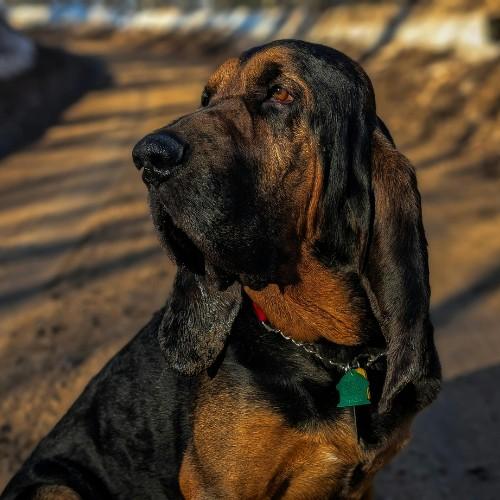

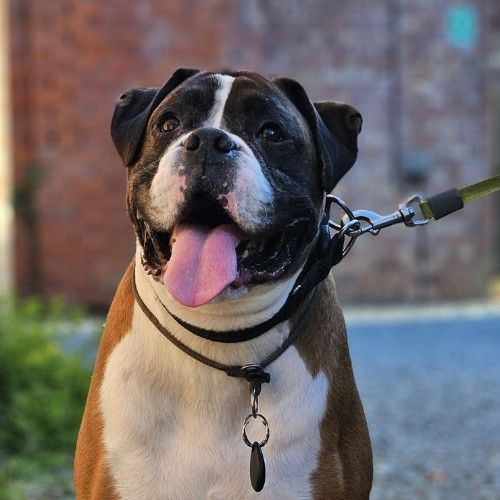


Training Requirements for Police Dogs
Police dogs undergo rigorous training programs:
- Basic Obedience: Commands like sit, stay, and heel.
- Specialized Skills:
- Bite work (controlled aggression).
- Scent detection (differentiating odors).
- Scenario Drills: Simulated missions in urban/rural environments.
- Handler Bonding: Building trust through repetitive exercises.
Certification: Must pass tests like the National Police Dog Trials.
Challenges Faced by Police Dogs
- Physical Risks: Injuries from suspects or hazardous environments.
- Stress: Burnout from high-pressure tasks.
- Retirement: Transitioning to civilian life; organizations like Mission K9 Rescue assist.
Final Thoughts
From the fearless German Shepherd to the meticulous Beagle, each police dog breed brings unique strengths to the force. Their unwavering dedication saves countless lives, proving they’re more than just animals, they’re partners in justice.
Frequently Asked Questions (FAQs)
Q1. What makes a dog suitable for police work?
Dogs with intelligence, strength, obedience, and strong senses are ideal for police tasks.
Q2. Which dog breed is most commonly used in police forces?
The German Shepherd is the most popular police dog breed worldwide due to its versatility.
Q3. Are all police dog breeds aggressive?
No. Police dogs are trained for discipline and control, not aggression.
Q4. Can police dogs live as family pets?
Yes, many police dog breeds like Labradors and German Shepherds make excellent family pets with proper training.
Q5. Do all countries use the same police dog breeds?
No, breeds may vary. For example, Belgium prefers the Belgian Malinois, while Germany often uses German Shepherds.
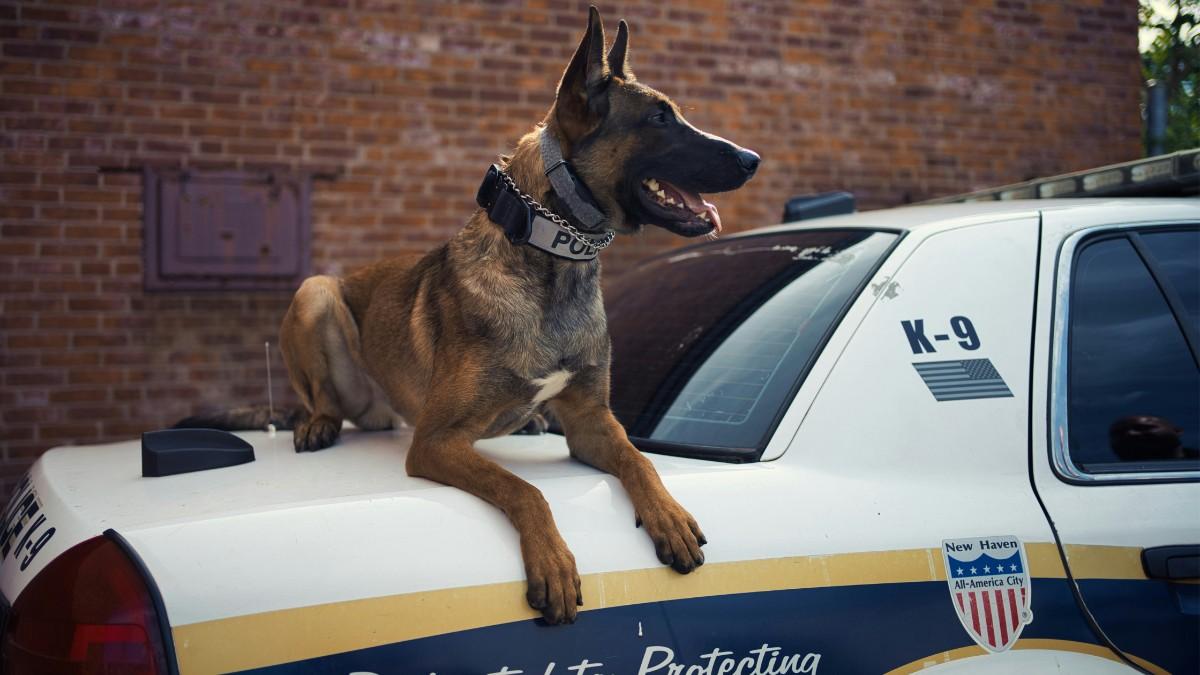
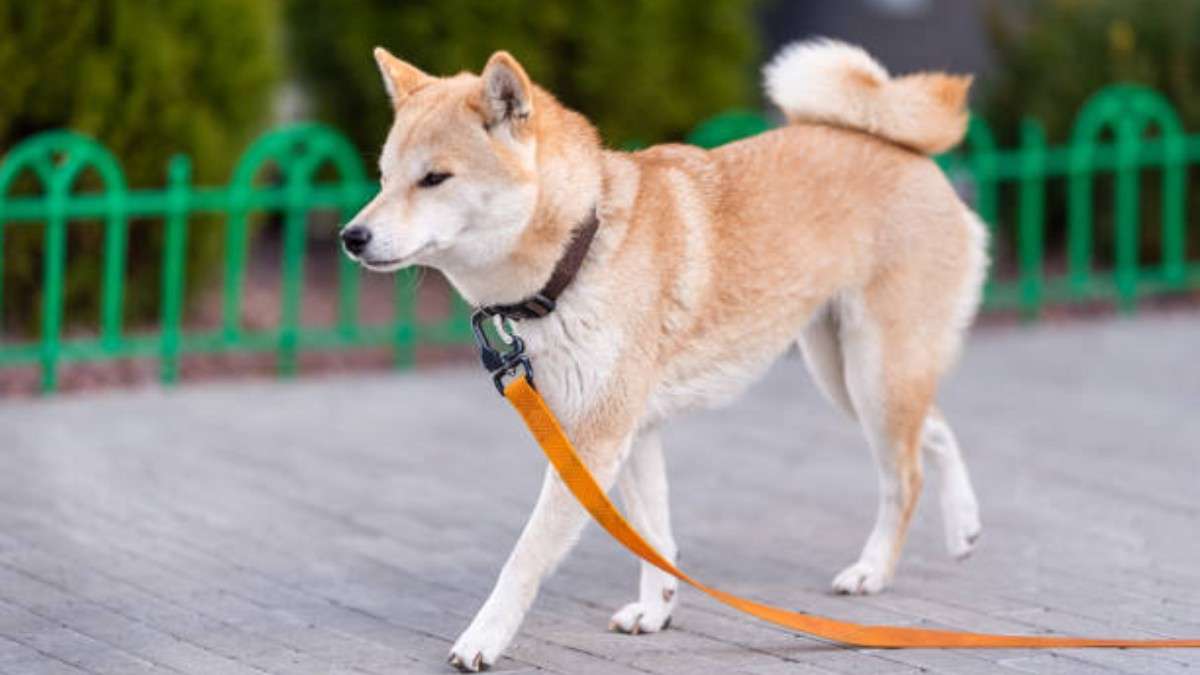
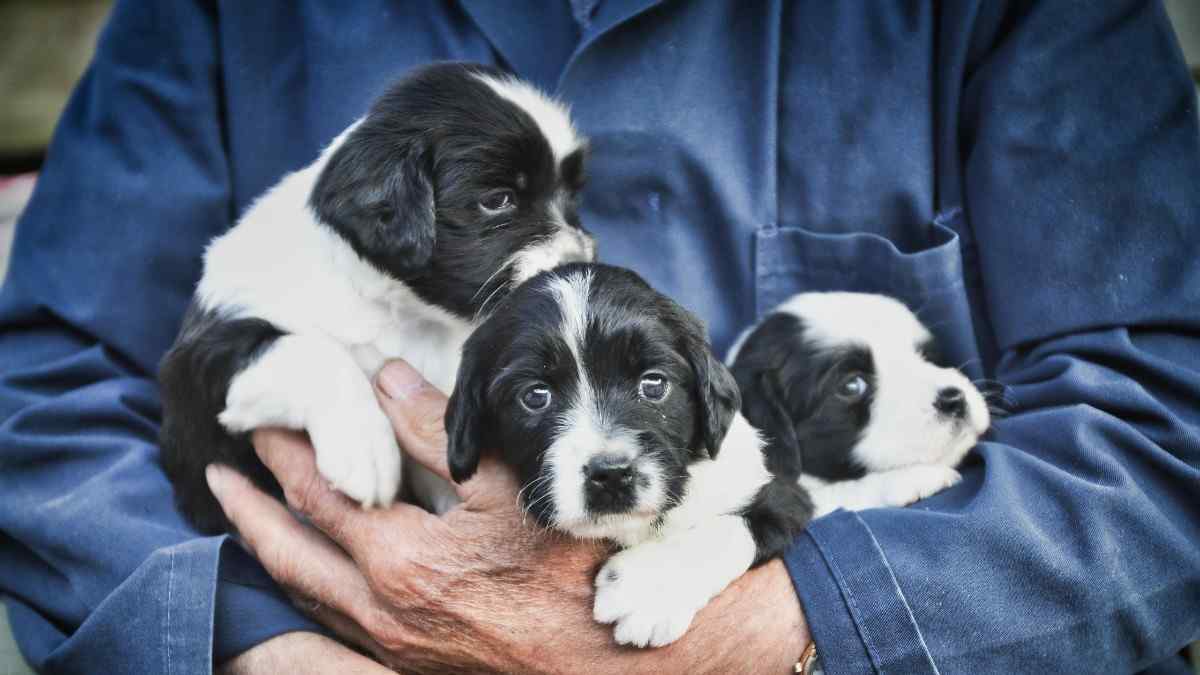
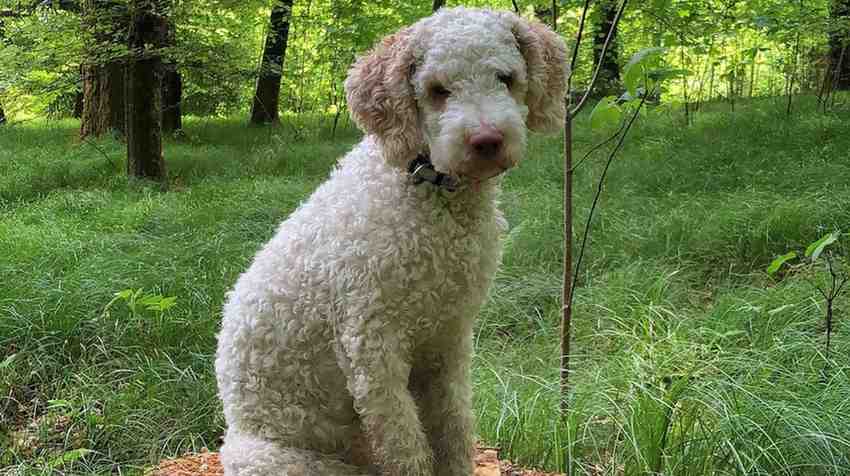

Post Comment